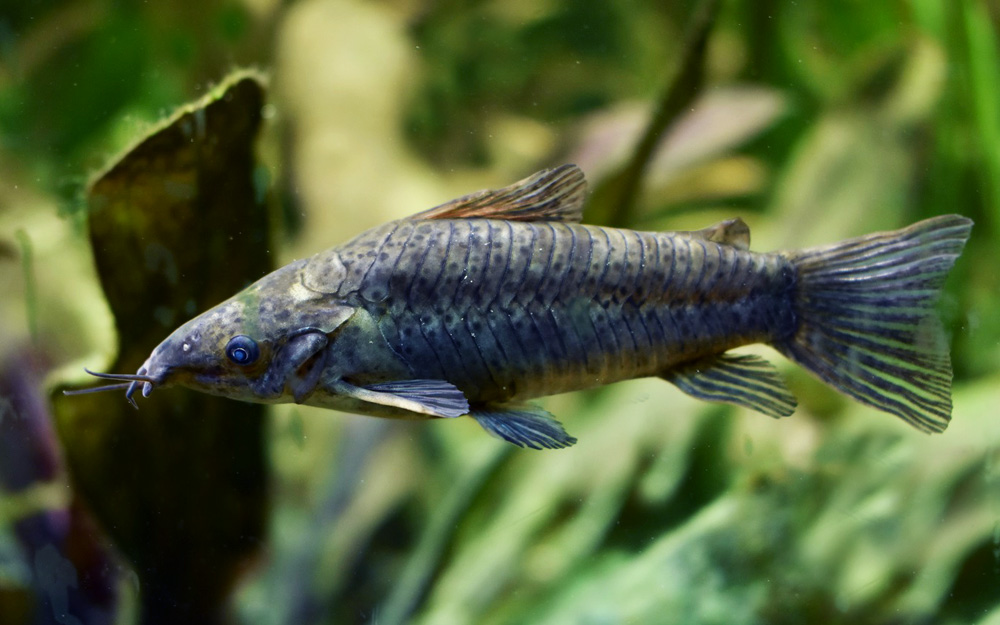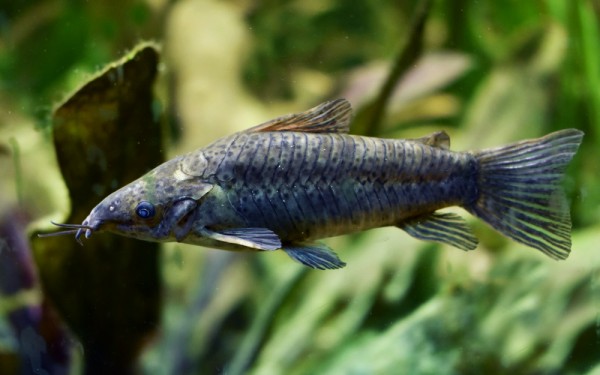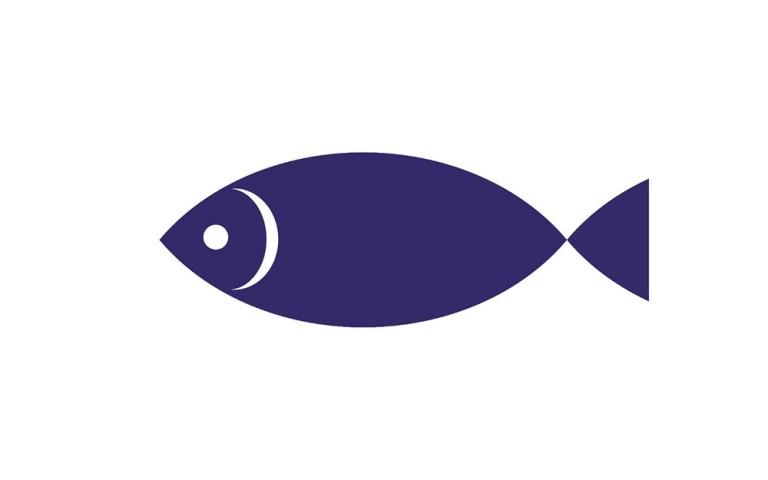Callichthyidae - Armored catfishes

Classification
Description
Callichthyidae is a family of catfishes (order Siluriformes), called armored catfishes due to the two rows of bony plates (or scutes) along the lengths of their bodies. It contains some of the most popular freshwater aquarium fish, such as many species in the genus Corydoras.
Callichthyids are fairly small catfish, and range in size from some tiny Corydoras species that do not exceed 2 cm (0.79 in) to Hoplosternum littorale, which some sources list as growing to a length of up to 24 cm (9.4 in) TL.
The mouth is small and ventral with one or two pairs of well-developed barbels. The dorsal and pectoral fins have strong spines, and a spine is found at the anterior border of the adipose fin. In many species of this family, these spines are also venomous as an added deterrent to predators.
The scutes that give these fish their name are one of their most prominent characteristics. The body has two rows of overlapping bony plates on each side. The plates are arranged so they overlap along the rows as well as between the rows, providing protection but also allowing some freedom of movement. These scutes connect with the solid bones of the head, and the head itself may be covered with bony plates. The upper row of lateral scutes may either meet on the back or a narrow bare area may be filled with small oval or roundish bony platelets.
Species of the Corydoradinae are of small size (maximum about 9 cm (3.5 in) in standard length) and are easily distinguished from other callichthyids by their deep bodies and short maxillary barbels.
Living habits are varied; the family includes both bottom-foraging and midwater species. Callichthyids inhabit a wide range of habitats, from small, swift, oxygen-rich creeks to big rivers and flooded areas. Their habitats may even include swampy and muddy ones where oxygen may be virtually absent. Callichthyids survive in these conditions by breathing air, collecting and swallowing it at the surface. The intestines are used to absorb oxygen, and the air is expelled from the anus. The anterior digestive intestine packages digesta into a string of slightly compressed boluses, creating an air channel in the digestive intestine, thus allowing air to pass unimpeded. The posterior intestine is modified for respiration into a thin-walled and highly vascularized structure by reduction of the thickness of the epithelium, submucosa, and muscle layers; though highly modified to absorb air, it is inefficient for digestive purposes. Air moving through the digestive tract facilitates the movement of digesta to the rectum. Unlike other catfish such as loricariids or trichomycterids that may breathe air only under hypoxic conditions, callichthyids breathe air under all water conditions. Some callichthyids are able to absorb air through their hind guts to move short distances on land. Air stored in their digestive tracts also accounts for 75% of the necessary air for neutral buoyancy.













